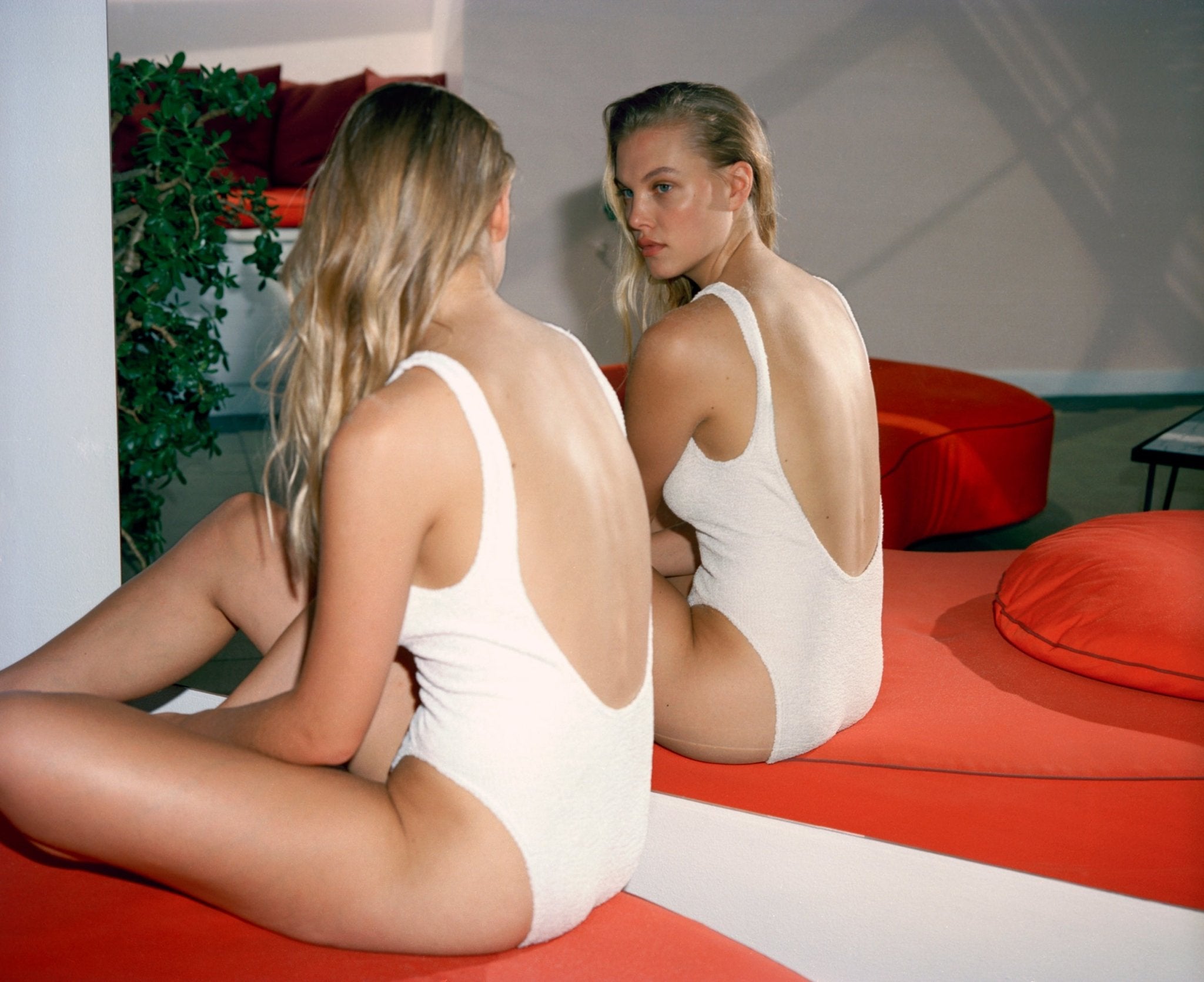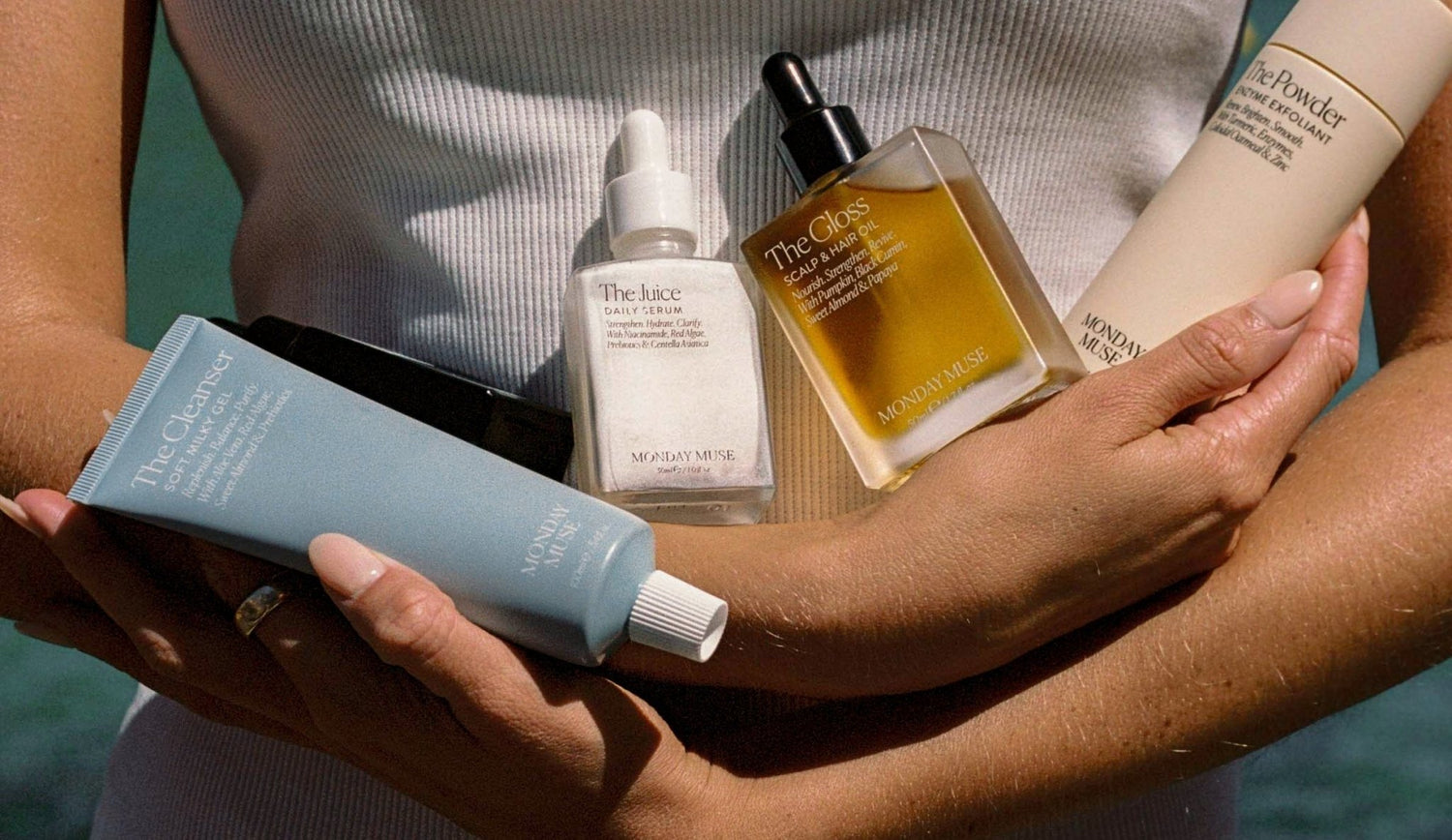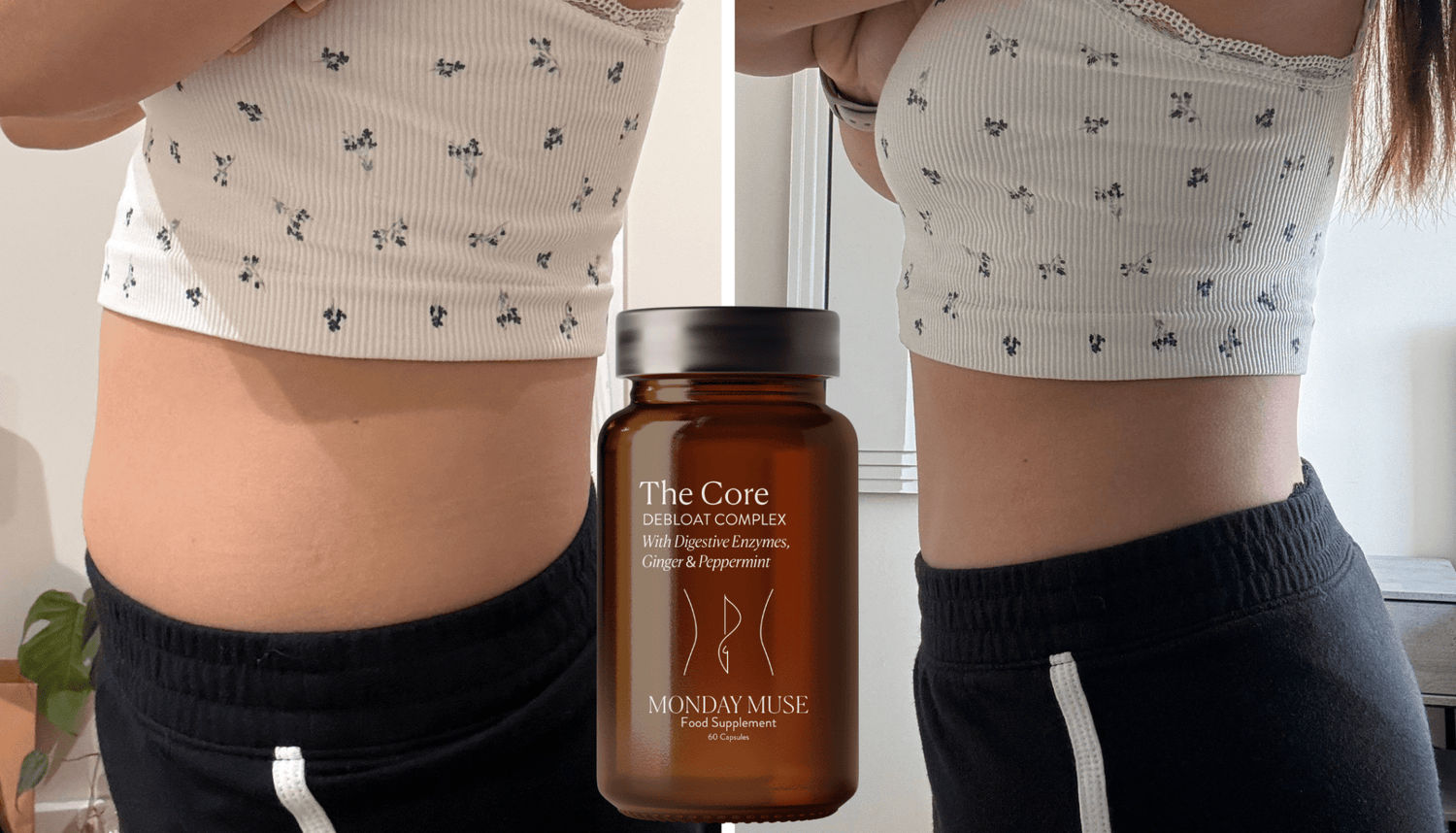With so much choice out there – and so much advice, much of it conflicting – it can be difficult to navigate how best to look after your skin. So how can you find out which routine is the right one for you? We walk you through the minefield.
We often hear the term ‘skin type’, which is how the beauty industry categorises your skin: dry, normal, oily, combination, sensitive and so on. Often this is linked to a certain skincare regime and before you know it all your products are targeted towards one type. I used to have very oily skin (as well as acne) and at one point everything I was using was for oily, acne-prone skin. However, it led to my complexion being over-stripped and sensitised because I was using far too many active ingredients. This is why I am not a big fan of putting your skin into a certain category. There are other factors at play that need to be taken into consideration: skin conditions like acne, eczema, hyperpigmentation that pop up; your age; the environment you live in; changing seasons; medication; fluctuating hormones, and so on.
So how do you decide on a skincare routine that works?
Just as you should listen to your body when it comes to your health, I believe in listening to your skin and being ready to alter your skincare routine depending on what it needs. Now I understand that it’s quite difficult to know your skin’s “mood” day to day, so don’t worry if you don’t get it right straight away - skincare should be a relaxing part of your day, not an overwhelming one. Take your skin type as a loose term and don’t be conditioned to think that you can only buy products that are for that skin type. What I suggest is having your basics that work for you every day and then add-ons depending on the day, week, or even the time of the year. I am also a big fan of skin targeting, where you spot treat areas of your face with certain products. For example, I only use retinol on my forehead to target fine lines but the rest of my face does not need it (at least for now).
Getting your skincare basics right
Let’s talk about the bare necessities of your skincare routine. You want to make sure that you wash your face once a day and then follow up with some form of hydration and an occlusive to lock in that moisture and prevent transepidermal water loss. Transepidermal water loss occurs when water passes from inside the skin through the epidermis and evaporates from the surface of the skin. For optimal barrier function, you want to maintain adequate levels of hydration on the skin but to also make sure you seal it in. Now, how you go about this depends on your preferences and your skin’s needs, but let’s start with the basics.
Cleansing
This can be a cleansing balm, an oil cleanser, cream cleanser, a gel cleanser or another face wash that works for you. If you wear makeup I would recommend a double cleanse, starting with a balm or oil solution and then following up with a gel cleanser or cream cleanser. This is to ensure that all your makeup is off and you have a clean canvas on which to apply the rest of your products. You can also just use the same cleanser to wash your face twice if you prefer. This is the most essential part of your skincare routine so make sure you are diligent.
Hydration + Occlusive (+ Sunscreen)
After cleansing you need to replenish your skin with hydration. Now, this is where there are different routes, but what’s really important to understand is that hydration is key for your skin. However, these water-delivering ingredients – which are called humectants – evaporate from your skin during the day, so that is why you need to seal them in with something occlusive. You have the freedom to decide what works best for your skin, but some examples are: a hydrating serum plus a moisturiser; a hydrating serum plus a facial oil; a serum plus a moisturiser plus a facial oil; or a moisturiser/cream/lotion that contains both. Depending on your skin concerns, the time of the year, your age, and your preferences, you can change this up as you wish or add products, but these are the basics. If you are going outside during the day, you also need to add an SPF into your routine to prevent sun damage.
The add-ons
This is where you can make your routine as elaborate as you wish, but the key is to try and use what your skin needs at any particular time. Below are a few categories you can rotate daily/weekly/seasonally, which are not considered basics but can still bring a lot of benefits to your skin.
Toner/essence
These add an extra layer of hydration. Use after cleansing and before applying your hydration and occlusive.
Exfoliation
Physical exfoliators like scrubs and chemical exfoliators like salicylic acid/glycolic acid and so on accelerate the shedding process of dead skin cells. They are often used to help brighten and clarify congested, dull, or textured skin and is generally recommended to use weekly.
Masks and peels
If your skin needs an extra boost, has an SOS moment or you feel like pampering yourself, you can apply a face mask. Just know that they often need to be rinsed off which means their benefits can be more temporary than a leave-on product.
Other treatments
There are ingredients that target specific concerns like wrinkles (tretinoin), hyperpigmentation, and other specific treatments that are sometimes prescribed by a dermatologist or can be found over the counter in lower strengths and forms. If you are dealing with really persistent concerns, it would be wise to consult with an experienced skin facialist or dermatologist to help tackle very stubborn issues.
I hope this explains the concept of skin types and skincare routines a bit more. It is a tricky concept as it is a very individual thing, but the best advice is to keep track of how your skin is feeling each day and adjust your routine accordingly. By doing this, you’ll soon build a relationship with your skin and instinctively know what it needs when.





